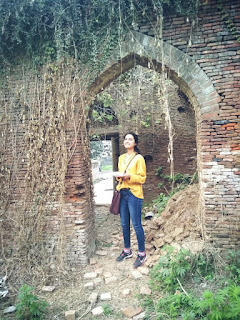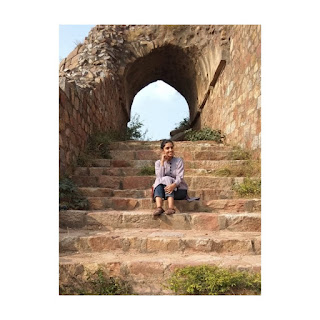The Typical Indian Reaction to Archaeology and What it Really is by Shriya Gautam
Tell people you are a doctor, and their eyebrows shoot so high on their foreheads, you’re scared their hair will swallow it. Tell people you’re an engineer, and they have the choicest words of praise for you. Tell them you are an archaeologist, and you’ve hit the goldmine of blank-faces, confused looks and stoned eyes. Hain? You dig graves, beta? Or worse! They mistake it for architecture! (Nope, not kidding!) Archaeologist? Achha achha! So, do you design bridges? Or buildings? My typical reaction to this: What the devil were you doing in Grade 5, when you first came across the words , “Archaeologists are yet to decipher what the Indus Valley Script means!”? Seriously, sometimes I wonder, whether I was the only one who heard my teacher explain what an archaeologist truly was! However, you’d be surprised, there are other oddballs like me who took the teacher seriously when he added in an encouraging way: “Well who knows? Maybe you can be an archaeologist tomorrow and...


